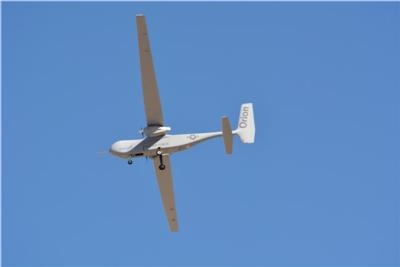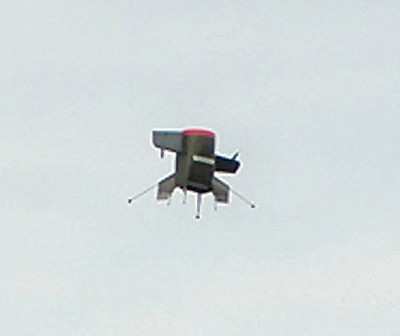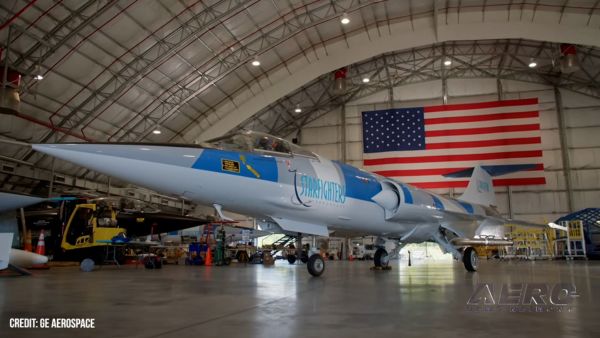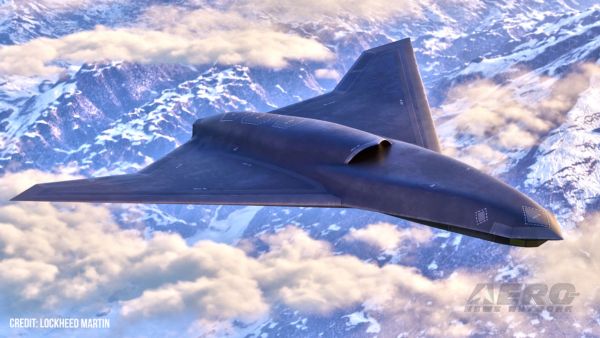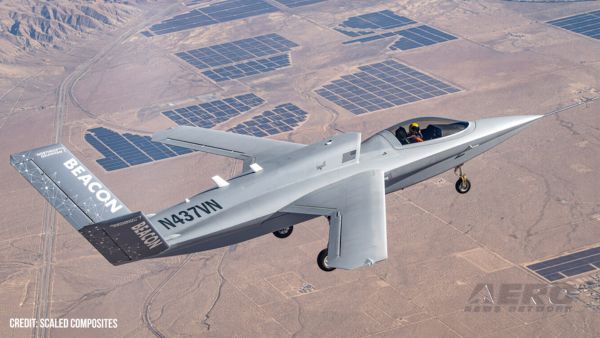Tue, Aug 29, 2023
Advertisement
More News
 Classic Aero-TV: Of Rotors, Ribs, World Records, and a Growing Phenomenon
Classic Aero-TV: Of Rotors, Ribs, World Records, and a Growing Phenomenon
From 2023 (YouTube Edition): Indiana’s Rotors ‘n Ribs Helicopter Fly-In Celebrates 7th Year Held annually for the last seven-years at Indiana’s Goshen Municipal A>[...]
 Aero-News: Quote of the Day (09.24.25)
Aero-News: Quote of the Day (09.24.25)
"Skunk Works is charting a critical path with this Vectis program to unlock new, integrated capabilities at an ultra-competitive speed and price point. We’ve conducted classi>[...]
 ANN's Daily Aero-Term (09.24.25): Ground Stop
ANN's Daily Aero-Term (09.24.25): Ground Stop
Ground Stop The GS is a process that requires aircraft that meet a specific criteria to remain on the ground. The criteria may be airport specific, airspace specific, or equipment >[...]
 ANN's Daily Aero-Linx (09.24.25)
ANN's Daily Aero-Linx (09.24.25)
Aero Linx: Aerospace Industries Association (AIA) For over 100 years, the American aerospace and defense industry has shaped the world around us. From the first flight to the moon >[...]
 ANN's Daily Aero-Linx (09.25.25)
ANN's Daily Aero-Linx (09.25.25)
Aero Linx: Vintage Wings of Canada Vintage Wings of Canada is a not-for-profit, charitable organization with a collection of historically significant aircraft and is run entirely b>[...]
blog comments powered by Disqus

